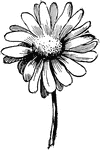Clipart tagged: ‘daisy’

Heart-Leaved Aster
Of the Composite family (Compositae), the heart-leaved aster (Aster cordifolius).

Disk-floret of Asteraceae
An illustration of a disk-floret of a asteraceae. The family Asteraceae or Compositae (known as the…

Disk-floret of Asteraceae
An illustration of a disk-floret of a asteraceae. The family Asteraceae or Compositae (known as the…
Gynaeceum of Asteraceae
An illustration of a Gynaeceum of a asteraceae. The family Asteraceae or Compositae (known as the aster,…
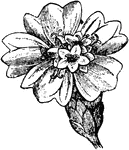
Inflorescence of Asteraceae
An illustration of a inflorescence of a asteraceae. The family Asteraceae or Compositae (known as the…
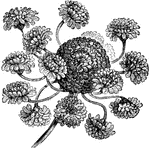
Hens and Chickens Daisy (Bellis Perennis Prolifera)
Bellis perennis prolifera is commonly known as Hens and Chickens Daisy. This daisy is produces new flowers…
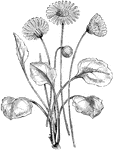
Bellis Rotundifolia Coerculescens
Bellis rotundifolia coerculescens is a round leaved, bluish daisy. The flowers range in color from white…
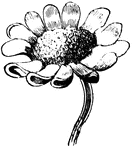
Daisy
The mountain daisy is a pretty little flower. It contains a multitude of little flowers close together.

Blue Daisy
This perennial is native to both South Africa and Australia; plant bears blue daisy-like flowers.

Common Daisy
An illustration of three common Daisies growing in the wild. One Daisy is partially closed and the other…
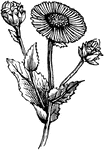
elecampane
The Elecampane (Inula helenium) is a flowering plant in the Asteraceae family of daisies.
Disk-floret of the Senecio
An illustration of a disk-floret of the senecio flower. Senecio is a genus of the daisy family (Asteraceae)…

Disk-floret of the Senecio (Longitudinal Section)
An longitudinal section view of a disk-floret of the senecio flower. Senecio is a genus of the daisy…

Female ray-floret of the Senecio
An illustration of a ray-floret of the senecio flower. Senecio is a genus of the daisy family (Asteraceae)…
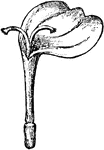
Gynaeceum of the Senecio
An illustration of the gynaeceum of the senecio flower. Senecio is a genus of the daisy family (Asteraceae)…


